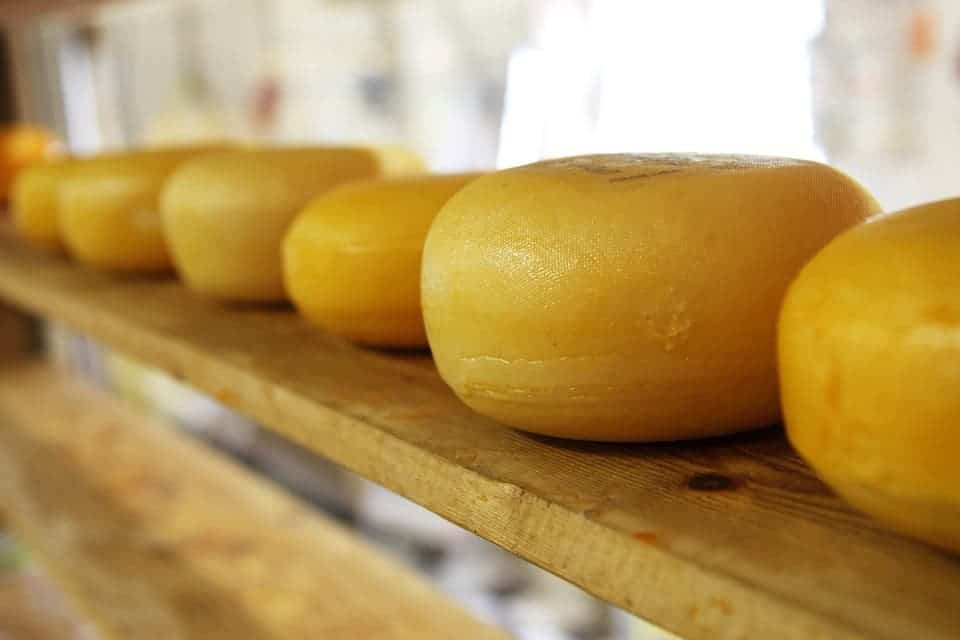Dairy holds a controversial position in our modern diets. It used to be a go-to recommendation for kids, but nowadays, many recommend avoiding giving dairy to children — or even adults. A new study takes a pretty clear position in that debate, naming dairy an excellent protein source using a new calculation method.

Researchers from the University of Illinois have been using pigs as a model for the protein uptake of children. This isn’t a new approach, it’s something that was suggested by the Food and Agriculture Organization (FAO) of the United Nations in 2011.
“Plant proteins are the primary sources of amino acids in many parts of the world, whereas animal proteins are the primary sources in other parts of the world. However, the composition and digestibility of these types of proteins differ,” says Dr. Hans H. Stein, professor of animal sciences at U of I and principal investigator of this research.
Researchers in Stein’s lab calculated the protein score for eight different sources of protein, derived both from plants and animals. The protein scores are a reflection of the amount of digestible amino acids in a food with a “reference protein,” a theoretical protein which contains all the fully digestible amino acids in the proportions required for human nutrition at a particular stage of life. They calculated how digestible the proteins are through this standard method which has been used for 20 years. However, researchers argue, this method is not complete and has significant flaws, failing to take significant factors into consideration.
“The total tract digestibility fails to take into account nitrogen excretion in the hindgut,” Stein says. “The PDCAAS also assumes that all amino acids in a foodstuff have the same digestibility as crude protein, but in reality, amino acid digestibilities differ.”
So they also used a new calculation, which they called digestible indispensable amino acid score (DIAAS). They calculated DIAAS on the same eight different proteins — whey protein isolate, whey protein concentrate, milk protein concentrate, skimmed milk powder, pea protein concentrate, soy protein isolate, soy flour, and whole-grain wheat. They found that all dairy proteins met Food and Agriculture Organization (FAO) standards as “excellent/high” quality, while soy protein isolate and soy flour qualified as “good” sources of protein. With this approach, dairy scored much better than it did with traditional methods. This would mean that dairy has been greatly underestimated as a protein source for children, though researchers concede that this method also has its limitations.
“The protein sources used in this experiment were fed raw, and foods processed as they typically are for human consumption might well have different protein values.”
Still, Stein and his team believe this is a significant step forward compared to previous approaches. Although lots of time and effort is being invested into understanding how the human body deals with nutrients, we still know surprisingly little about these interactions. Of course, more research is needed to validate this method, but small shifts like this go a long way towards expanding our understanding — and enabling us to eat healthier.
“The results of this pilot study indicate that dairy proteins may be an even higher quality source of protein compared to vegetable-based protein sources than previously thought,” said Dr. Greg Miller, chief science officer at NDC. “While using DIAAS is a newer concept and more research will be needed, one thing rings true — milk proteins are high quality and milk as a beverage has protein plus eight other essential nutrients, which is especially important when it comes to kids, because they need quality nutrition to help support their growth and development.”
The paper, “Values for digestible indispensable amino acid scores (DIAAS) for some dairy and plant proteins may better describe protein quality than values calculated using the concept for protein digestibility-corrected amino acid scores (PDCAAS)” was published in the February 2017 issue of the British Journal of Nutrition.






